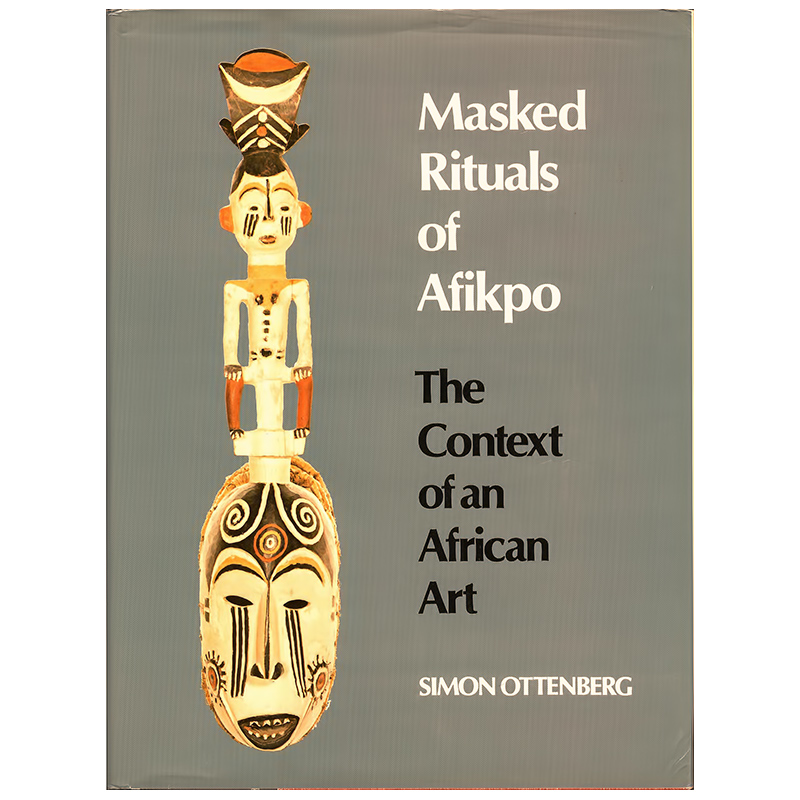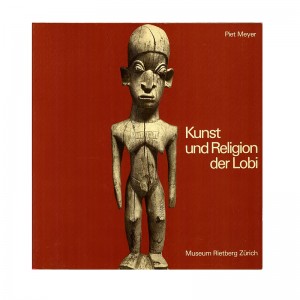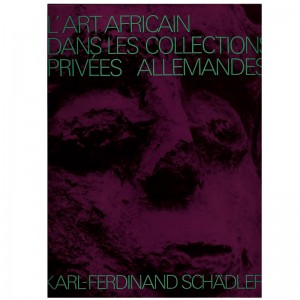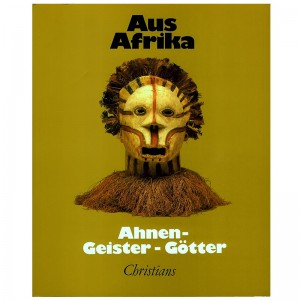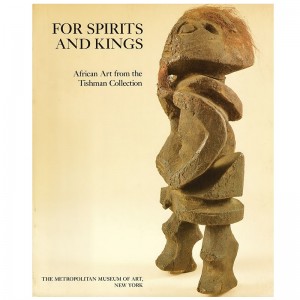MASKED RITUALS OF AFIKPO
Subtitle: The Context of an African Art
Author: S. Ottenberg
Material Type: general or thematic Work
Publisher: The University of Washington Press, Seattle and London, 1975. Hardcover with binding of full fabric editor burgundy with black stylized decorative trim and gold on the wafer under jacket illustrated color good condition with shelf wear, in-4 , size: 22 x 28.5 cm, ISBN 0-295-95391-8
Content: 230 p, 69 ill.. b / w, 16 pl.coul., 8 maps, biblio., 5 tables, glossary, index
Additional information: original edition. Published on the occasion of an exhibition at The Henry Art Gallery, University of Washington from 24 May to 21 June 1975
State of the work: Very good condition
Description
Additional information
| Weight | 1310 g |
|---|---|
| Dimensions | 22 × 28.5 cm |
Related Products
-
KUNST UND RELIGION DER LOBI
125,00 €Authors: P. MEYER / WETTSTEIN L. / KAUF B. Material Type: general or thematic Work Publisher: Museum Rietberg, Zurich, 1981. Paperback, size: 20.5 x 22 cm. Content: 184 p, 350 ill.. b / w, 19 ill. col., 1 shots, 2 maps, biblio., glossary. Additional information: original edition, limited release. Book exhausted become rare and highly…
-
AUS AFRIKA
30,00 €Subtitle: Ahnen - Geister - Götter Authors: J. Zwernemann / LOHSE W. Material Type: general or thematic Work Publisher: Museum für Völkerkunde Hamburgisches Christian und Verlag, Hamburg, 1985. Paperback, 4to, dimensions: 19.5 x 24 cm, ISBN 3-7672-0942-X Content: 190 pp, 180 b / w photos, 50 Color photos, 4 maps, biblio... State of the work:…
-
FOR SPIRITS AND KINGS
60,00 €Subtitle: Tishman African Art from the Collection Author: S. VOGEL Material Type: general or thematic Work Publisher: The Metropolitan Museum of Art, New York, 1981. Hardcover, 4to, dimensions: 21.5 x 26 cm, ISBN 0-87099-268-6 Content: 256 p, 126 ill.. b / w, 34 ill. col., 50 b / w photos, 11 pl.coul., 6 maps, glossary,…
57,00 €
Out of stock



